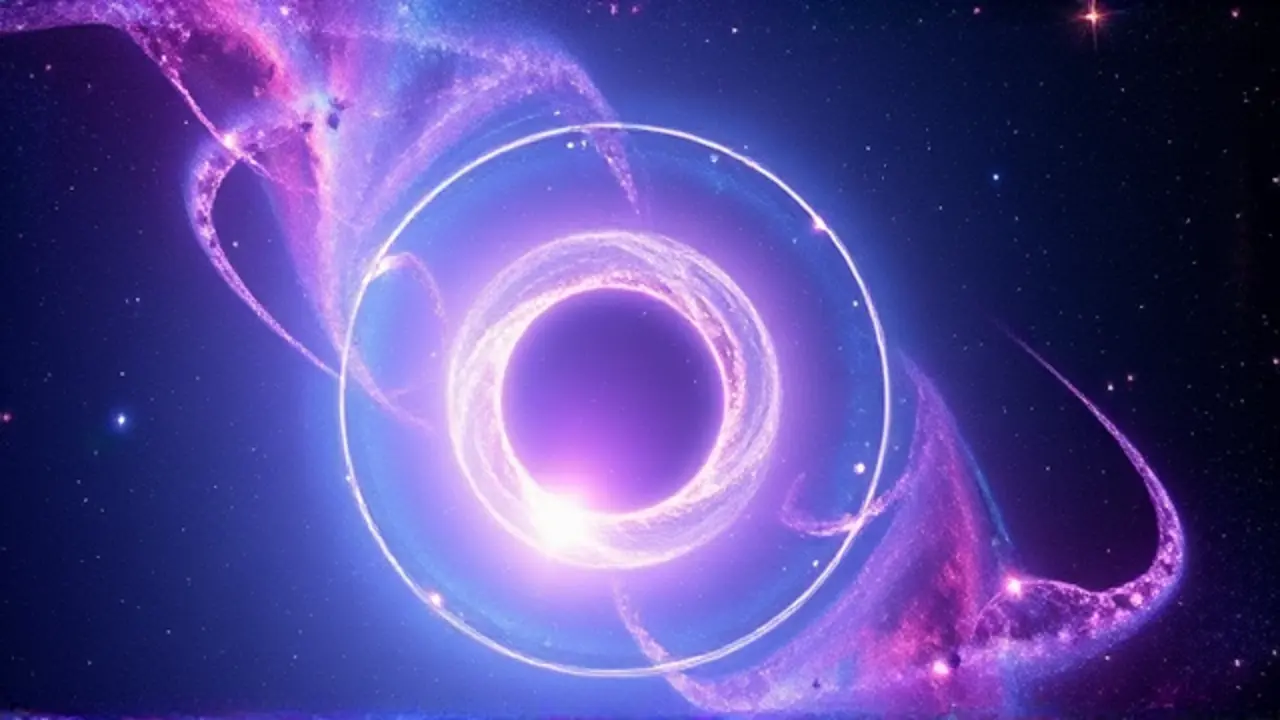JWST may have found the Universe’s first stars powered by dark matter
The James Webb Space Telescope, humanity's most powerful window into the cosmic dawn, is now challenging one of astronomy's most fundamental narratives: the nature of the universe's very first stars. For decades, the prevailing model was straightforward—Population III stars were behemoths of pure hydrogen and helium, forging heavier elements through nuclear fusion before exploding in spectacular supernovae, seeding the cosmos with the building blocks for everything that followed.But new observations from JWST are hinting at a far more exotic and theoretically tantalizing possibility. What if the first luminous objects weren't fusion-powered suns at all, but colossal 'supermassive dark stars,' fueled not by the familiar processes within their cores but by the annihilation of dark matter? This isn't merely a tweak to the existing model; it's a paradigm shift that could rewrite the opening chapters of our cosmic history.Imagine a celestial object not as a ball of fire, but as a vast, diffuse sphere of hydrogen and helium, glowing with the energy released as dark matter particles collide and obliterate each other within its interior. These hypothetical dark stars would be truly immense, potentially millions of times more massive than our Sun and billions of times brighter, their sheer scale and luminosity offering an elegant solution to two of modern astrophysics' most perplexing puzzles.Firstly, JWST has been spotting galaxies in the very early universe that are unexpectedly bright and mature, existing at a time when, according to standard models, they shouldn't have had the time to form. A population of dark stars, with their immense intrinsic brightness, could easily account for this anomalous glare, explaining why these infant galaxies shine with such intensity.Secondly, the origin of supermassive black holes, those gravitational monsters lurking at the centers of galaxies, has remained an enigma. How did they grow so massive, so quickly? A dark star, after exhausting its reservoir of annihilating dark matter, would not go supernova in the conventional sense.Instead, its immense mass would collapse directly into a black hole of staggering proportions—a ready-made seed, thousands of times more massive than one from a stellar explosion, providing a colossal head start for the growth of the supermassive black holes we observe today. The theoretical groundwork for dark stars was laid over a decade ago by cosmologists like Katherine Freese, who explored how the unique conditions of the early universe, with a much denser concentration of dark matter, could have allowed such objects to form and stabilize.The heat from dark matter annihilation would have provided an outward pressure, preventing the gravitational collapse that would otherwise trigger nuclear fusion, allowing the star to grow to truly monstrous proportions. JWST's data, particularly its spectroscopic analysis of light from these primordial objects, may now be revealing the chemical fingerprints consistent with this dark matter-powered engine—a cooler, more extended atmosphere than a fusion star of comparable brightness would possess.This discovery, if confirmed, would be a monumental double victory. Not only would it illuminate the physics of the first stars, but it would also provide the first indirect, yet highly compelling, observational evidence for the nature of dark matter itself, the invisible scaffolding that makes up 85% of the universe's matter.The implications ripple outward, affecting our understanding of cosmic structure formation, the timeline of reionization, and the very chemical enrichment of the cosmos. The journey of JWST is akin to giving humanity a time machine, and with each new dataset, it peels back another layer of the universe's origin story, revealing a cosmos far stranger and more wondrous than we ever imagined. The search for these dark beacons is now one of the most thrilling quests in modern science, a direct probe into the universe's darkest secrets and its first, faint glimmers of light.
Latest News
JWST may have found the Universe’s first stars powered by dark matter
4 days ago0 comments
Indian Startup Airbound Raises $8.65M for Rocket Drone Deliveries
4 days ago0 comments
Nobel winner warns Europe is losing tech race.
4 days ago0 comments
Chinese Scientists Restore Ancient Love Poem with AI
4 days ago0 comments
Scientists build artificial neurons that work like real ones
4 days ago0 comments
Popular hair-loss pill linked to depression and suicide
4 days ago0 comments
This new blood test can catch cancer 10 years early
4 days ago0 comments
Hong Kong Entrepreneur Fights Dementia with Cultural Games
4 days ago0 comments
It’s quiet here...Start the conversation by leaving the first comment.
© 2025 Outpoll Service LTD. All rights reserved.
